19 Smart Ways to Prepare for a Financial Emergency
The 35-day partial government shutdown that kicked off 2019 created a moment of truth for the 800,000 employees and contractors who had to figure out how to cover their bills until their paychecks kicked in again.

The 35-day partial government shutdown that kicked off 2019 created a moment of truth for the 800,000 employees and contractors who had to figure out how to cover their bills until their paychecks kicked in again. Many did just fine, thanks to savings and, often, the added safety net of a working spouse. But for others, the sudden interruption in cash flow created a crisis.
The episode was a reminder of how many Americans live paycheck to paycheck. According to the results of a Federal Reserve study released last year, 40% of Americans did not have enough savings to cover a $400 emergency expense. Plus, debt has made a comeback since 2013 and now exceeds the previous peak reached in 2008, driven in part by a rise in student and auto loans. We’re handling the payments pretty well, thanks to a strong economy with historically low unemployment. But one day the stock market will cycle into a bear market and the economy will cycle into a recession. That will put pressure on your retirement and other savings, and some unlucky workers will lose their jobs.
If you faced a financial crisis—job loss, a catastrophic illness, divorce—how well would you weather the storm? Use our guide to shock-proof your finances, and keep our strategies for dealing with a crisis in your back pocket, just in case. (Is the wolf already at the door? See What to Do If You Face a Financial Crisis.)

Create a Budget
Yes, budgeting can be tedious. But with a budget in place, you’ll have a picture of your income and expenses in case you need to tighten your purse strings later, and you’ll be better equipped to build a bigger savings cushion. To get started, you’ll need to track your expenses. Use an online budgeting tool or app that links to your bank, investment, credit card and other accounts and automatically tracks and categorizes expenses. Clarity Money, Mint and Personal Capital offer free trackers plus other handy features. Clarity Money and Mint, for example, provide free credit scores. Personal Capital will run a checkup on your investment portfolio’s asset allocation.
A simple budget breakdown follows the 50-20-30 rule: Up to 50% of your take-home pay is for essential expenses, such as rent or mortgage payments, utility bills, transportation to work, groceries, and insurance premiums; at least 20% goes toward saving for retirement, an emergency fund and other goals, and paying down debt; and up to 30% is designated for nonessentials, which may include restaurant meals and travel and entertainment spending. To map out a more detailed budget, use our Household Budget Worksheet tool.
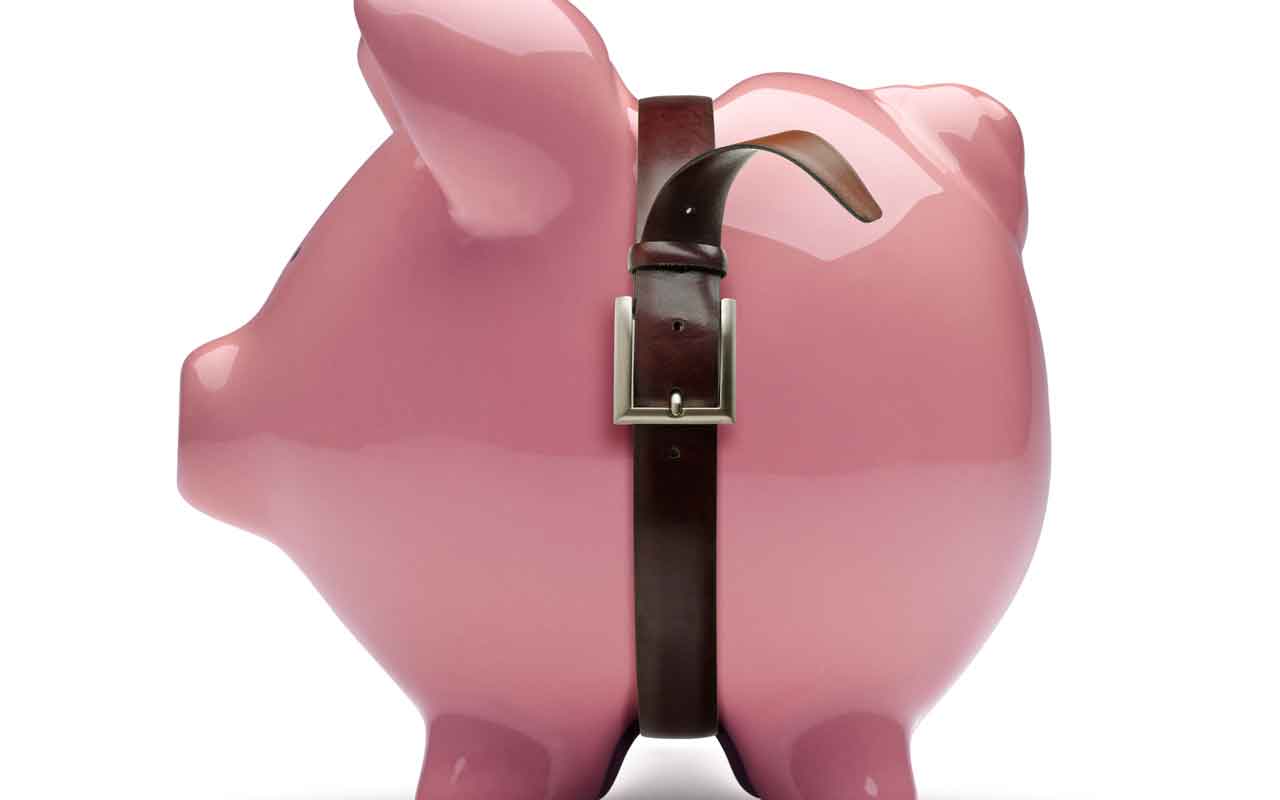
Tighten Your Belt
Your spending may not have to go under the knife yet, but you can get a good idea now of areas that could be trimmed. Look at the nonessentials in your budget first. Memberships and subscriptions that you don’t use to their full potential are prime candidates for removal, says Ken Mahoney, CEO of Mahoney Asset Management, in Chestnut Ridge, N.Y.
If you pay a membership fee to a gym you hardly visit, try working out at home instead. Rather than fork over extra money for a bloated package of cable channels, consider switching to a streamlined plan or to a couple of video-streaming services, such as Sling TV and Netflix. By connecting your bank and credit card accounts to TrueBill, an online money-management tool and app, you can see a listing of recurring fees and get information on how to cancel service for each. Among essential expenses, you can probably reshop your wireless plan to nab a better deal.
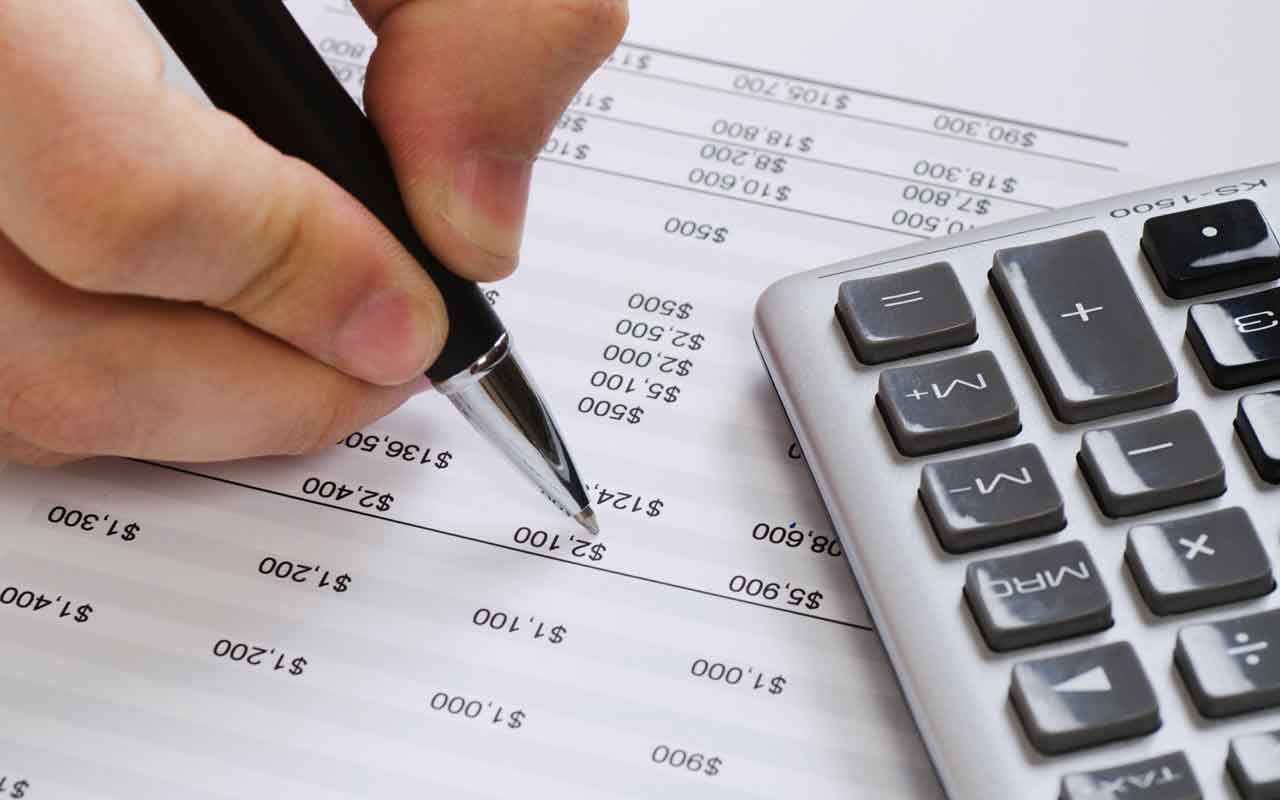
Set Up an Emergency (and a Rainy-Day) Fund
Instead of maintaining one fund for large, unexpected expenses, create two.
Your true emergency fund is meant for catastrophes that may result in a total loss of income, such as divorce, job loss, or medical or mental disability that keeps you out of work, says Lori Atwood, a certified financial planner in Washington, D.C. She tells clients to also set aside “rainy day” funds for urgent but less-catastrophic needs, such as car and home repairs, medical and vet bills, and short-notice travel to be with an ill relative. Pam Horack, a CFP in Lake Wylie, S.C., has a similar approach but a more colorful description of the two funds: The emergency fund she calls the “oh my God I lost my job” fund and the other she calls the “oh crap I need new tires” fund.
How much should you put in each? For the rainy-day fund, Atwood recommends about $1,500 for young, single renters and between $3,000 and $5,000 for homeowners, depending on how much upkeep your home needs. Your emergency fund should have enough to cover three to six months (or more) of expenses. If you have a stable job (and your spouse does as well) and no dependents, you may feel safe saving on the lower end; if you are self-employed or work irregular hours, care for dependents, or experience a chronic health condition, you’ll need at least six months.
Keep your emergency fund in a high-yield online savings account or money market deposit account with no monthly fees. (For example, Synchrony Bank’s online savings account yields 2.25% and provides an ATM card for ready access to cash.) Atwood recommends keeping your rainy-day account at the bank where you have your checking account, to make withdrawals less of a hassle.

Pay Down Debt
Get your rainy-day fund topped up and at least one month of emergency savings under your belt (on your way to saving more) before bolstering your retirement savings. Then you can tackle credit card debt. You’ll save the most by paying off debts in order of highest to lowest interest rate. But eliminating the debt with the smallest balance first—even if it doesn’t carry the highest rate—may give you the momentum you need to stick with the plan.
You may be able to consolidate your debts into a lower-rate credit card or loan. The Amex EveryDay card, for example, offers a 0% rate on balance transfers for 15 months (with a variable rate of 15.24% to 26.24% thereafter) and charges no transfer fee as long as you request the transfer within 60 days of opening the card. Make sure you can pay off enough of the balance to make the transfer worthwhile during the 0% window. Alternatively, search for a debt-consolidation personal loan. Check with local banks and credit unions as well as online lenders.
At www.supermoney.com, you enter details about yourself (such as education level, income and employment status), the type of debt you’ve incurred and how much you’d like to borrow. The site generates offers from various partner lenders, including LendingClub, LightStream and SoFi.

Enlist a Pro
Even if you don’t feel a strong need for a financial adviser now, you’ll be glad to have one in your corner if a crisis erupts. Plus, a planner can give you the motivation to trim the fat from your budget and sock away more in savings—and discourage you from making rash investment decisions in a stock market downturn. Interview a few advisers to find a good fit, and make sure you understand how they’re paid, what certifications they hold, and their overall philosophy and approach to financial planning.
You can search for fee-only planners, who do not accept commissions for selling financial products to clients, at www.napfa.org. To find a certified financial planner—who must pass a series of exams and have substantial advisory experience under her belt—go to www.letsmakeaplan.org.
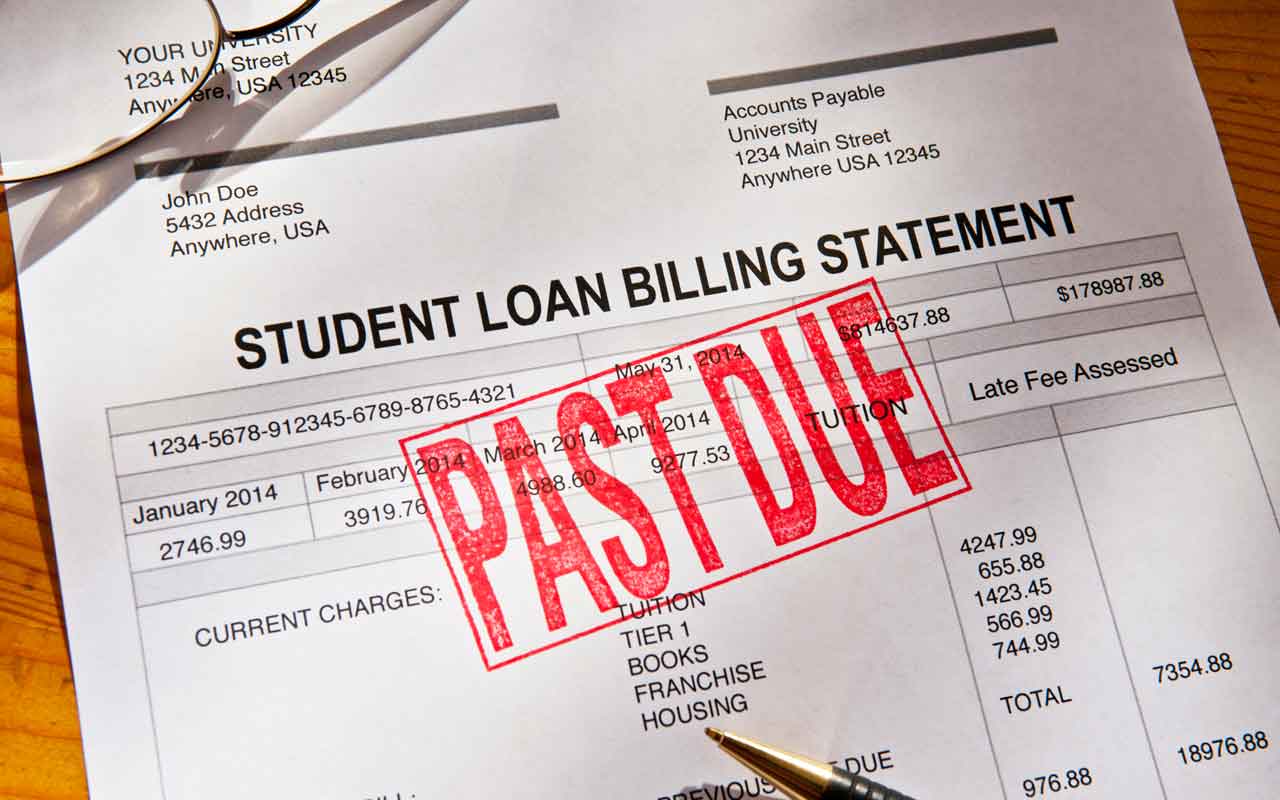
Manage Student Loans
If student loan payments are draining your budget, consolidating or refinancing may help. If you have several federal student loans, consolidating them through the Department of Education’s Direct Consolidation Loan program won’t save you money over the life of the loan, but you will be able to pick a new repayment plan that better fits your budget. Most borrowers are placed on a 10-year repayment plan and pay the same amount each month until the loan is paid off. Other plans stretch repayment over a longer period, gradually increase your monthly payment amount or base your monthly payment on your income. To see what your monthly payment and loan terms would look like under different repayment plans, go to StudentLoans.gov and use the Repayment Estimator.
Unlike the federal government, private lenders will refinance both private and federal student loans into one loan. Assuming you’ve established a good credit history, you’ll likely be able to score a lower interest rate on your private loan than you did in college—and borrowers with stellar credit profiles may snag a reduced rate for their federal loans, too. Keep in mind, though, that if you refinance your federal loans with a private lender, you’ll typically lose valuable benefits.

Prime Your Credit
In case you need to fall back on credit in the future, consider opening a home equity line of credit now. “The best time to get approved for a line of credit is before you need one,” says David Almonte, a member of the American Institute of CPAs’ Financial Literacy Commission. Ask your credit card issuer to raise your credit limit, too. That will not only help you lower the amount of available credit you use (and lift your credit score) but also put more credit at your disposal in a pinch. Consumers are 50% more likely to receive a credit-line increase between January and May, according to a study by the credit bureau TransUnion.
To maintain a healthy credit profile, keep the balance on each credit card to less than 30% of the limit. Check your free yearly credit reports from each of the major credit agencies—Equifax, Experian and TransUnion—at www.annualcreditreport.com. Comb each report for errors or signs of fraud, such as the appearance of a credit-card or loan account that you never opened or a collection account for a debt you don’t owe.
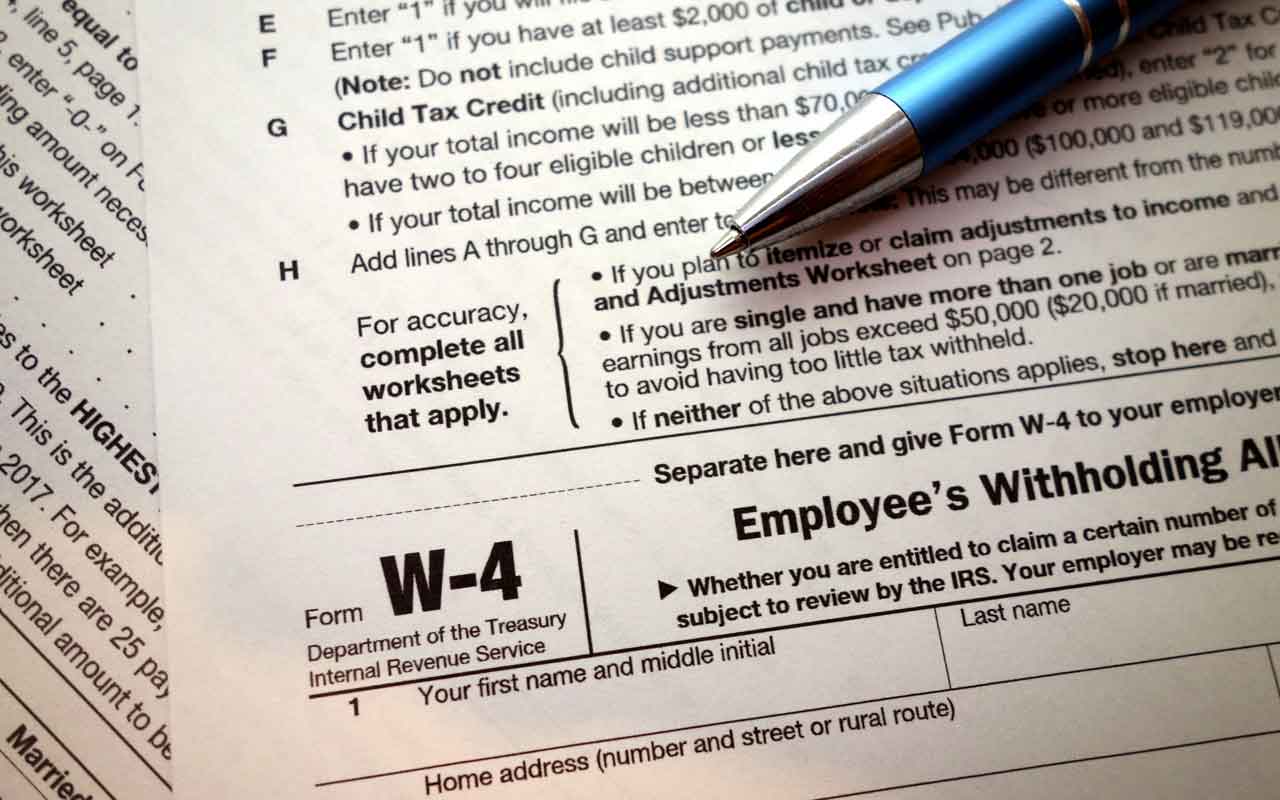
Pump Up Your Paycheck
The tax overhaul lowered taxes for millions of Americans, but only 19% of taxpayers updated their withholding in response to the new law, according to a survey by H&R Block. If you received a large tax refund this year, adjust your withholding and give yourself a raise. You can use the extra money to pay off high-interest debt, build up your emergency fund or increase contributions to retirement savings plans.
Use the IRS's Withholding Calculator tool to figure out how to reduce the amount withheld from your paycheck. Once you’ve crunched the numbers, file a new Form W-4 with your employer. If you ended up owing the IRS for 2018, the calculator can help you increase the amount withheld so that you won’t have to worry about a budget-busting tax bill next April.

Bolster Your Career
No matter how stable your job, things can change quickly. Brush the dust off your résumé, LinkedIn profile and networking skills so that you’re ready to re-enter the job market at a moment’s notice. Enrolling in a certificate or degree program might help you hang on to your current job or land a new one. Online and in-person certificate programs through community colleges, four-year schools and industry-specific professional organizations can help you beef up your résumé in a few weeks or months. And going back to school may be easier than you expect. Colleges and universities are revising class schedules and making other changes to better accommodate working adults who want to graduate quickly.

Get a Life Insurance Policy
If anyone is depending on you financially, you usually need life insurance. A simple rule of thumb is to have enough life insurance to cover eight to 10 times your annual income. But someone whose income supports a spouse and young children may need more coverage than someone with a working spouse and grown kids. A life insurance calculator, such as the one at www.lifehappens.org, can help you come up with a more precise figure. Term insurance is the cheapest form of life insurance.
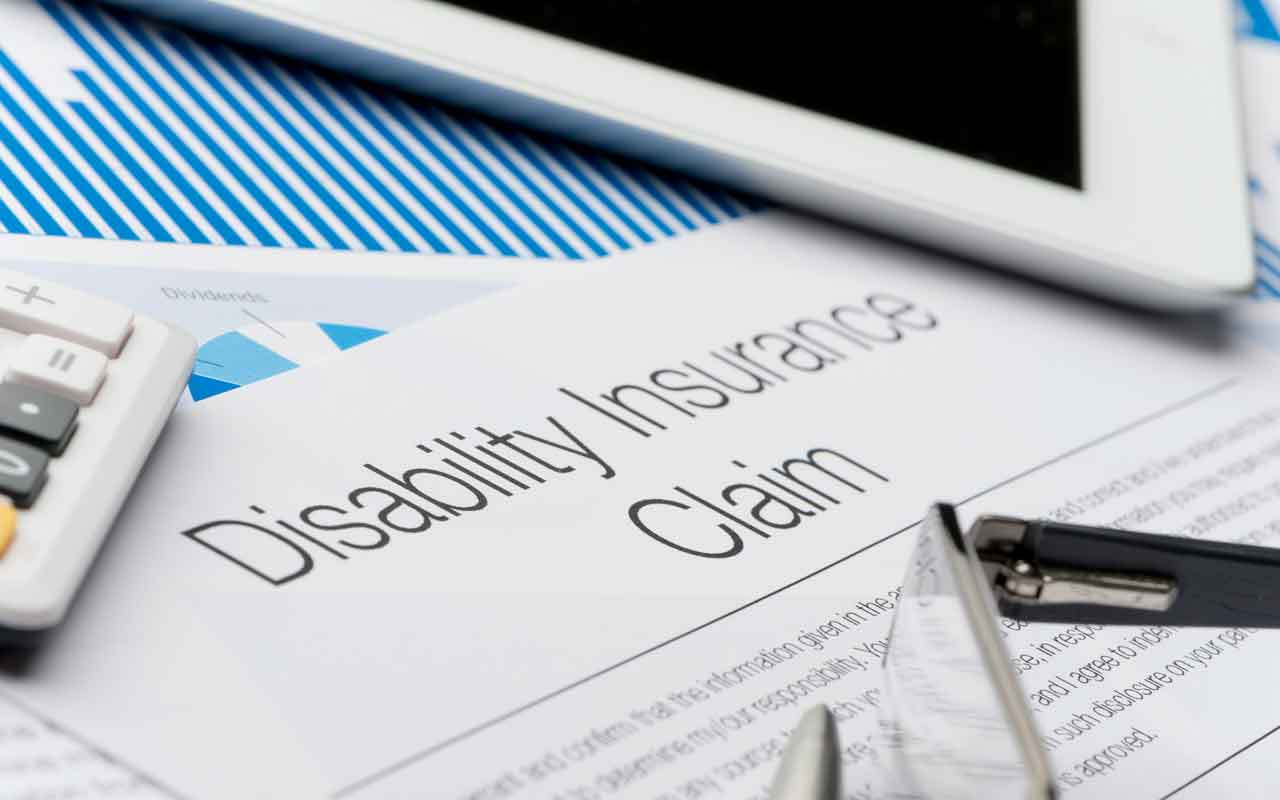
Ramp Up Your Disability Insurance Coverage
Make sure you have enough disability insurance so that you and your family could continue to pay the bills if your income were to stop. Disability insurance through work is a good start. But group disability insurance generally covers only 60% of your income (not counting commissions and bonuses), and monthly benefits may be capped at $5,000. Plus, payouts are taxable if your employer pays the premiums. You may need to buy extra coverage on your own.

Determine If You Need Long-Term Care Insurance
Consider the potential costs of long-term care when planning for retirement (go to www.genworth.com/costofcare for median costs in your area). You may decide to cover some of the costs from your savings, perhaps in addition to a long-term-care insurance policy. You could also protect against this risk with a life insurance policy that provides extra coverage for long-term care or lets you access the death benefit early with a chronic care rider.
Or you could buy a deferred-income annuity that pays out lifetime income starting in your eighties, when you’re likely to need care (see How to Afford Long-Term Care).

Determine If You Have Enough Health Insurance Coverage
Make sure the doctors and hospitals you’d like to use are covered when choosing a plan during open enrollment. Also check coverage for your prescription drugs, and understand the appeals process if your claim is denied. If you have a policy with a deductible of at least $1,350 for single coverage or $2,700 for family coverage, you can contribute up to $3,500 to a health savings account for single coverage or $7,000 for family coverage in 2019, plus $1,000 if you’re 55 or older. Contributions are tax-deductible (or pretax if through your employer) and can be withdrawn tax-free for eligible medical expenses in any year.

Update Your Automotive Insurance Plan
Even more important than covering your car if you’re in an accident, car insurance provides liability coverage if you injure someone else or damage their car. State liability limits are way too small—consider getting at least $250,000 per person and $500,000 per accident in liability coverage. Also make sure you have underinsured-motorist coverage (usually at the same level as your own coverage), which pays for damages to your car as well as medical expenses and lost wages in case an at-fault driver’s liability limits are too low.

Increase Your Home Insurance Coverage
Work with your insurance company or agent to make sure you have enough homeowners insurance to rebuild your house if it is totally destroyed. Let your insurer know about any additions, home improvements or upgraded materials. Get extended replacement cost coverage, which adds 25% to 50% to the coverage amount if the cost of labor or materials rises. Keep an updated home inventory so you can get credit for all of your possessions and speed up the claims process (make a video of each room with your smartphone, making sure to open closets and drawers). Coverage for jewelry and other valuables is often limited under home insurance policies, but you can add coverage up to an item’s appraised value.
If you don’t own a home, renters insurance is an inexpensive way to cover your possessions and protect against liability claims if, for example, someone gets hurt in your apartment. It typically costs $150 to $250 per year for $20,000 to $30,000 in contents coverage and $100,000 to $300,000 in liability coverage.
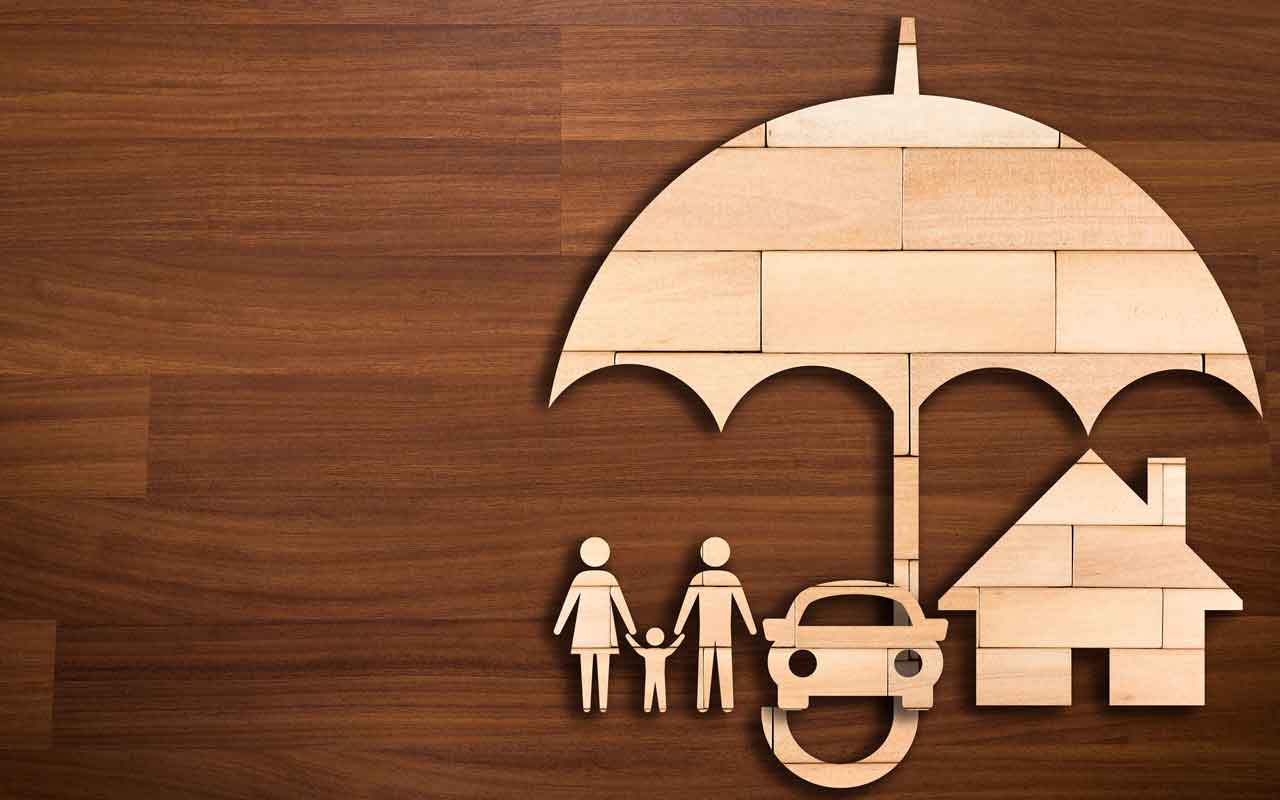
Get Umbrella Insurance
If someone sues you, an umbrella policy pays for a judgment or settlement and legal fees beyond the limits of your car or home insurance. You can usually add $1 million in extra coverage for about $150 to $350 per year. (You generally need to have at least $300,000 in liability coverage on your home insurance, and $250,000 per person and $500,000 per accident of bodily injury coverage on your car insurance first.) See our umbrella insurance calculator to estimate how much coverage you need.

Re-Allocate Your Assets
Conventional wisdom holds that young people, who have time to withstand temporary declines in the market, should invest nearly all of their nest egg in stocks. People closer to retirement age should ramp up their holdings in bonds and cash, which offer lower potential returns than stocks but less volatility. An aggressive mix might be something along the lines of 85% stocks and 15% bonds; a conservative approach might be 50% stocks, 40% bonds and 10% cash.
The asset allocation that’s right for you depends on both your capacity and tolerance for risk. The former gauges how a downturn might impact your lifestyle or derail your goals. The latter is how much of a loss you could stand before you abandon your plan. “If you could stomach a big loss without panicking and selling your long-term investments, your portfolio is likely in line with your risk tolerance,” says Joshua Mungavin, a certified financial planner in Coral Gables, Fla. Rebalance your holdings periodically to make sure they’re in line with your target mix.
A balanced mutual fund divvies assets between stocks and bonds and regularly rebalances to a set allocation. Such funds tend to lag during bull runs but hold up better during downturns. Vanguard Wellington (symbol VWELX), a member of the Kiplinger 25, holds 66% of assets in stocks and the rest in bonds and cash. The fund’s 15-year annualized return of 7.8% bests 95% of its peers.

Play Defense When Building Your Portfolio
Look for stock funds that lose less than the broad market during downswings. Over the past 10 years, Fidelity Contrafund (FCNTX) has lost 89 cents for every $1 decline in Standard & Poor’s 500-stock index. Value stocks—those that trade inexpensively compared with corporate measures such as sales or earnings—have lagged behind growth-oriented stocks for years but historically have tended to make up ground during market downturns. Value-oriented mutual funds in the Kiplinger 25 include Dodge & Cox Stock (DODGX) and T. Rowe Price Value (TRVLX).
Meteoric growers tend to fall the farthest during downturns, and they may make up a significant portion of your portfolio, with 15.5% of the S&P 500 belonging to Apple, Microsoft and so-called FANG stocks (Facebook, Amazon.com, Netflix and Google parent company Alphabet). Sectors that tend to lose less in market slides include consumer staples (companies that produce necessities such as toilet paper and toothpaste), energy, health care and utilities. Consider a low-cost index exchange-traded fund, such as Consumer Staples Select Sector SPDR ETF (XLP, $54).

Look for Quality Companies to Invest In
If you invest in individual stocks, seek out high-quality companies—those with strong free cash flow (cash profits after capital outlays), little debt, solid management teams and market-leading positions within their industries. Johnson & Johnson (JNJ, $136), a member of the Kiplinger Dividend 15 list of our favorite dividend stocks, boasts a 56-year history of dividend hikes. United Healthcare (UNH, $271) stands apart for its leading market position, seasoned executives and strong free cash flow.
Profit and prosper with the best of Kiplinger's advice on investing, taxes, retirement, personal finance and much more. Delivered daily. Enter your email in the box and click Sign Me Up.
-
 Don't Waste Your Money on Bad Gifts. Try This Instead.
Don't Waste Your Money on Bad Gifts. Try This Instead.Holiday Happiness These strategies, backed by behavioral finance, can help you find presents that your loved ones will truly enjoy.
-
 5 Unique Book-Inspired Trips Across America
5 Unique Book-Inspired Trips Across AmericaThere are five great trips to take across America that can immerse you in the culture of your favourite books.
-
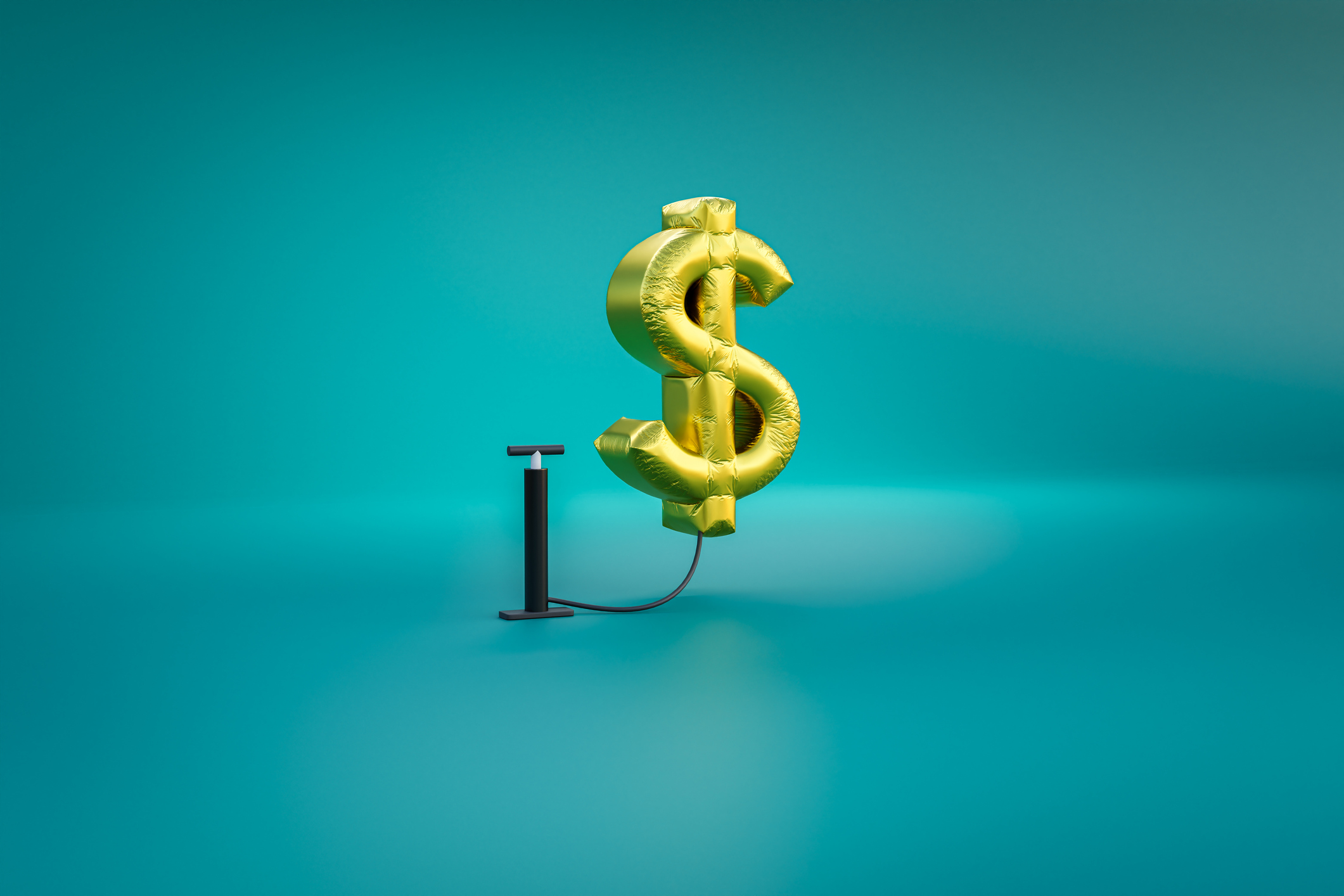 The Delayed September CPI Report is Out. Here's What it Signals for the Fed.
The Delayed September CPI Report is Out. Here's What it Signals for the Fed.The September CPI report showed that inflation remains tame – and all but confirms another rate cut from the Fed.
-
 Banks Are Sounding the Alarm About Stablecoins
Banks Are Sounding the Alarm About StablecoinsThe Kiplinger Letter The banking industry says stablecoins could have a negative impact on lending.
-
 What Will the Fed Do at Its Next Meeting?
What Will the Fed Do at Its Next Meeting?The Federal Reserve is set to resume its rate-cutting cycle at the next Fed meeting.
-
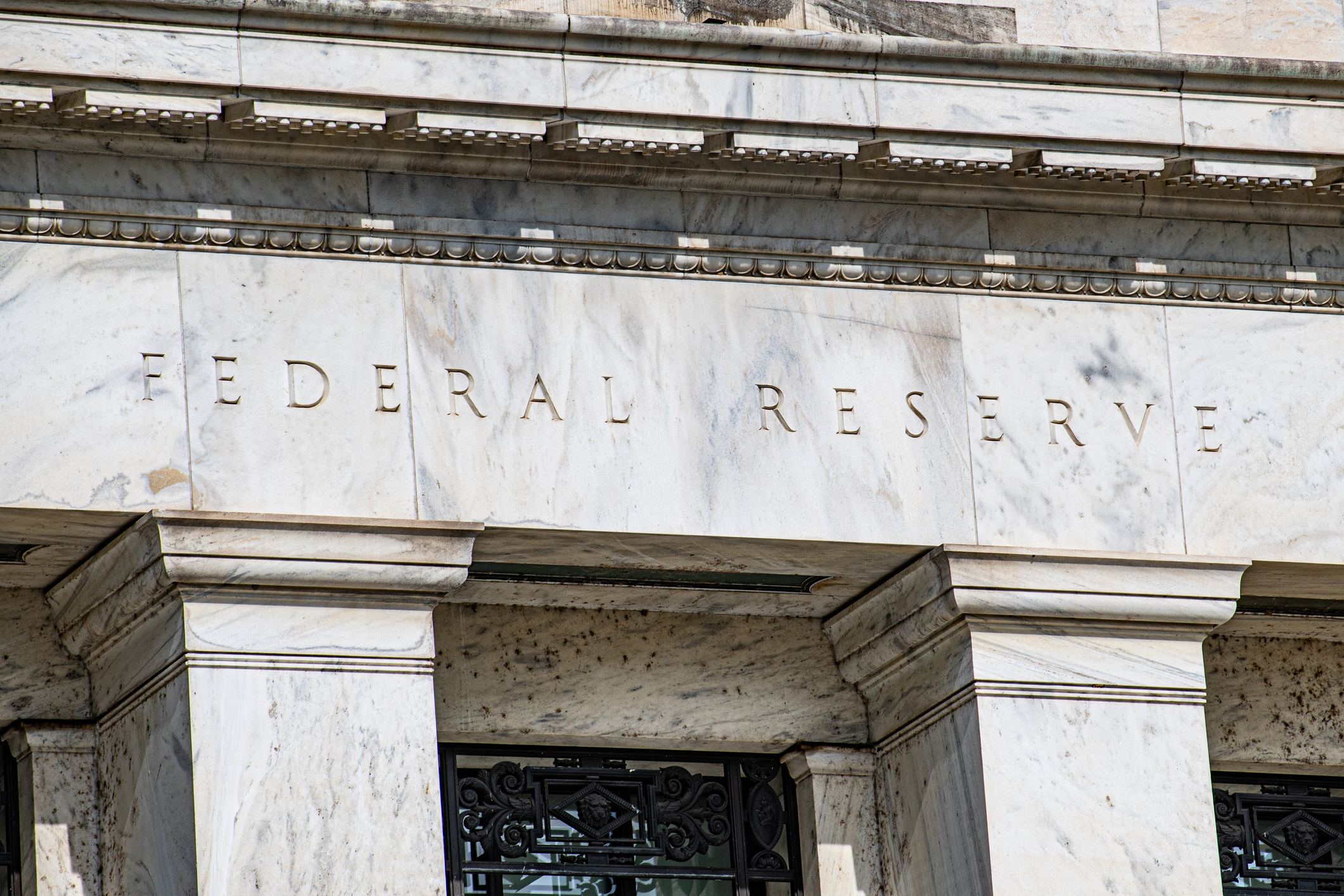 May Fed Meeting: Updates and Commentary
May Fed Meeting: Updates and CommentaryThe May Fed meeting came and went with little fanfare as Fed Chair Powell & Co. stuck to their data-dependent script toward interest rates amid tariff uncertainty. The May Fed meeting came and went with little fanfare as Fed Chair Powell & Co. stuck to their data-dependent script toward interest rates amid tariff uncertainty.
-
 What to Do With Your Tax Refund: 6 Ways to Bring Growth
What to Do With Your Tax Refund: 6 Ways to Bring GrowthUse your 2024 tax refund to boost short-term or long-term financial goals by putting it in one of these six places.
-
 What Does Medicare Not Cover? Eight Things You Should Know
What Does Medicare Not Cover? Eight Things You Should KnowMedicare Part A and Part B leave gaps in your healthcare coverage. But Medicare Advantage has problems, too.
-
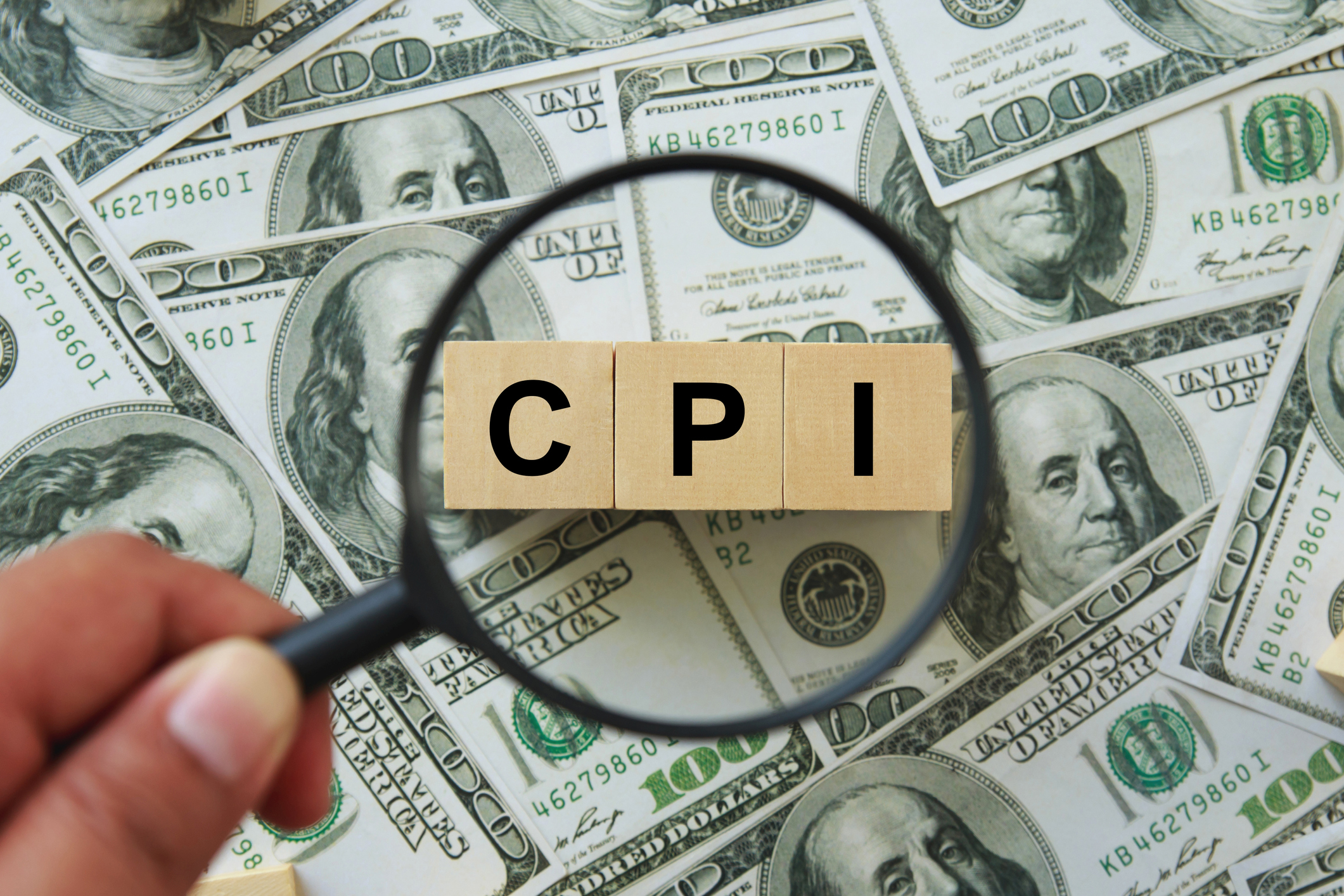 CPI Report Puts the Kibosh on Rate Cuts: What the Experts Are Saying About Inflation
CPI Report Puts the Kibosh on Rate Cuts: What the Experts Are Saying About InflationCPI Consumer price inflation reared its ugly head to start the year, dashing hopes for the Fed to lower borrowing costs anytime soon.
-
 Fed Leaves Rates Unchanged: What the Experts Are Saying
Fed Leaves Rates Unchanged: What the Experts Are SayingFederal Reserve As widely expected, the Federal Open Market Committee took a 'wait-and-see' approach toward borrowing costs.
